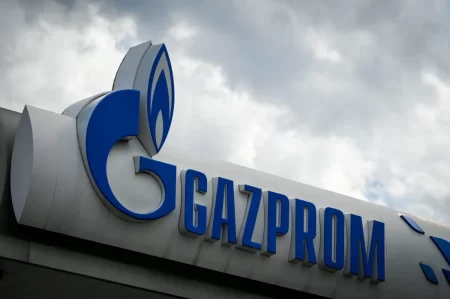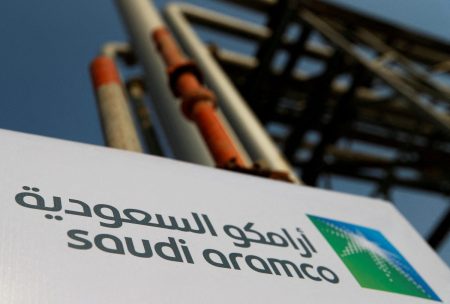
News wire — Chevron Corp on Tuesday outlined a plan to expand oil and gas production through 2025 without spending significantly more and to limit the pace of growth of its carbon emissions.
Falling energy demand due to pandemic lockdowns sent the industry into a tailspin in 2020 and led Chevron to a $5.54 billion annual loss, its first since 2016.
Investors have been pressuring Chevron and other big oil companies to reduce emissions that contribute to climate change, and rivals Royal Dutch Shell, BP Plc and Exxon Mobil have said their oil and gas output would remain flat or fall to stay in line with climate or financial goals.
Chief Executive Officer Michael Wirth made the case on Tuesday in an annual presentation to investors and analysts that Chevron could lower its carbon footprint and generate profits even if oil prices dip.
“We’re not betting on higher prices to bail us out,” Wirth said during the virtual presentation.
Chevron now targets a 35% reduction in its carbon intensity by 2028 and said it will eliminate routine flaring by 2030. But the intensity goals mean that emissions overall can increase if production rises, and it has not set a net zero carbon target like European and some U.S. peers.
The company’s carbon intensity goals “lag the industry average” and “focus on its controllable elements rather than emphasis on building new business lines,” said Biraj Borkhataria, analyst with RBC Capital Markets.
Low-carbon investments remain “barely 1% of total” project spending, which shows Chevron is not pivoting its underlying operations, said Pavel Molchanov, analyst at Raymond James.
Chief rival Exxon has pledged to boost its energy transition spending to 3% from 1%, while Shell plans to increase spending on low-carbon energy to 25% of overall capital expenditure by 2025.
Oil and gas production for Chevron in 2020 was around 2.98 million barrels per day, and an investor presentation showed the company increasing output through 2025, though no numbers were given. A forecast of generating $25 billion in free cash flow through 2025 after dividends and spending is “underwhelming” and below Wall Street expectations, Borkhataria said. Chevron, the largest oil company to make a big purchase during last year’s market lows, doubled its cost savings expectations from the Noble Energy deal to $600 million, helping lower operating expenses 10% this year compared with 2019.
The company also expects to more than double its return on capital employed (ROCE) through 2025. Excluding items, it reported an about 3% ROCE in 2020. Chevron, considered the oil major with the strongest balance sheet, will beef up investments over the next five years in the Permian basin of Texas and New Mexico, the top U.S. shale field where it slashed 2020 spending to save money, as the costs of a major expansion in Kazakhstan decrease. Permian production could reach 1 million barrels per day by 2025, the company said, a revival of a similar target it and Exxon set during dueling investor days two years ago.
Chevron will be the largest player in the Permian Basin with a “wide margin on production volumes over ExxonMobil, roughly 40% greater,” said Peter McNally, an analyst at research firm Third Bridge.
Chevron’s shares were flat at $109.54 in afternoon trade.
(Reporting by Shariq Khan and Arathy S Nair in Bengaluru, Jennifer Hiller in Houston; Editing by Sriraj Kalluvila)



